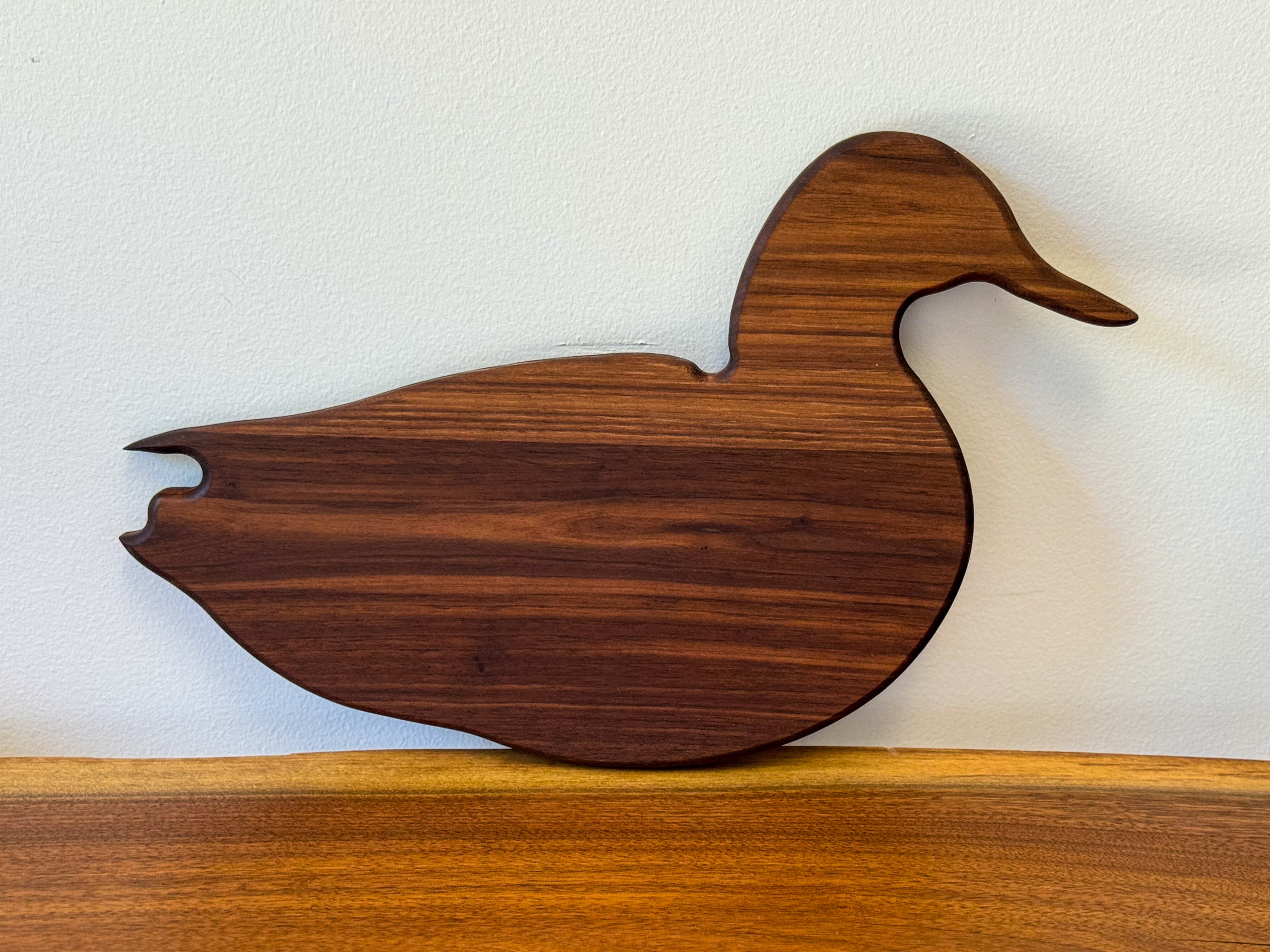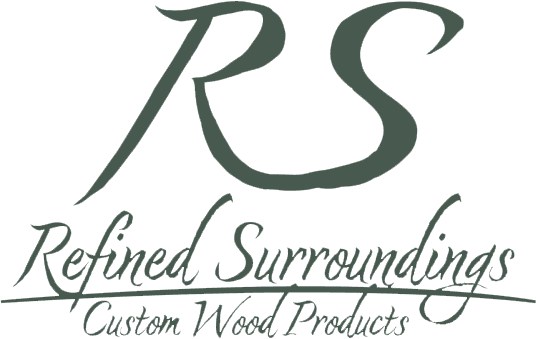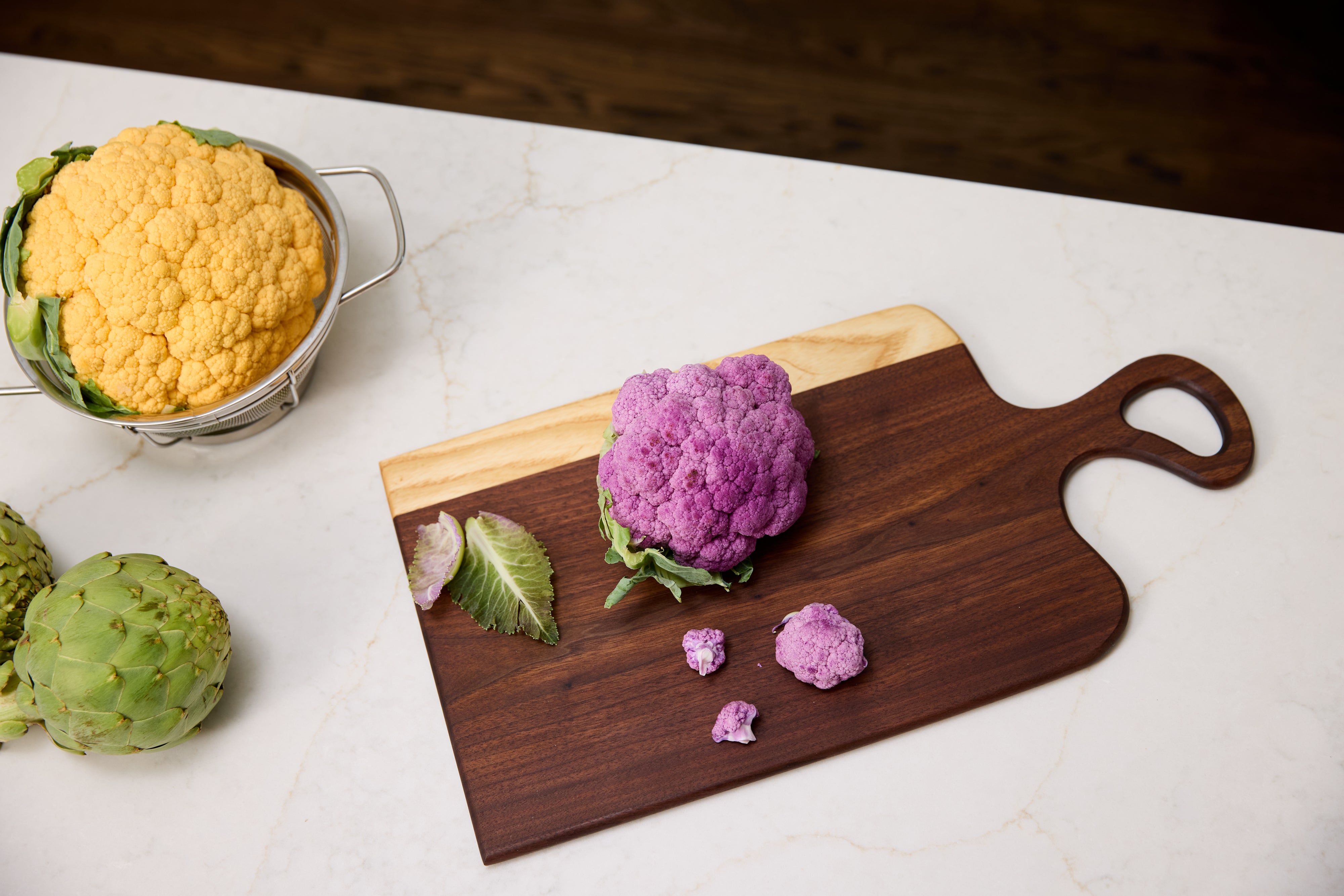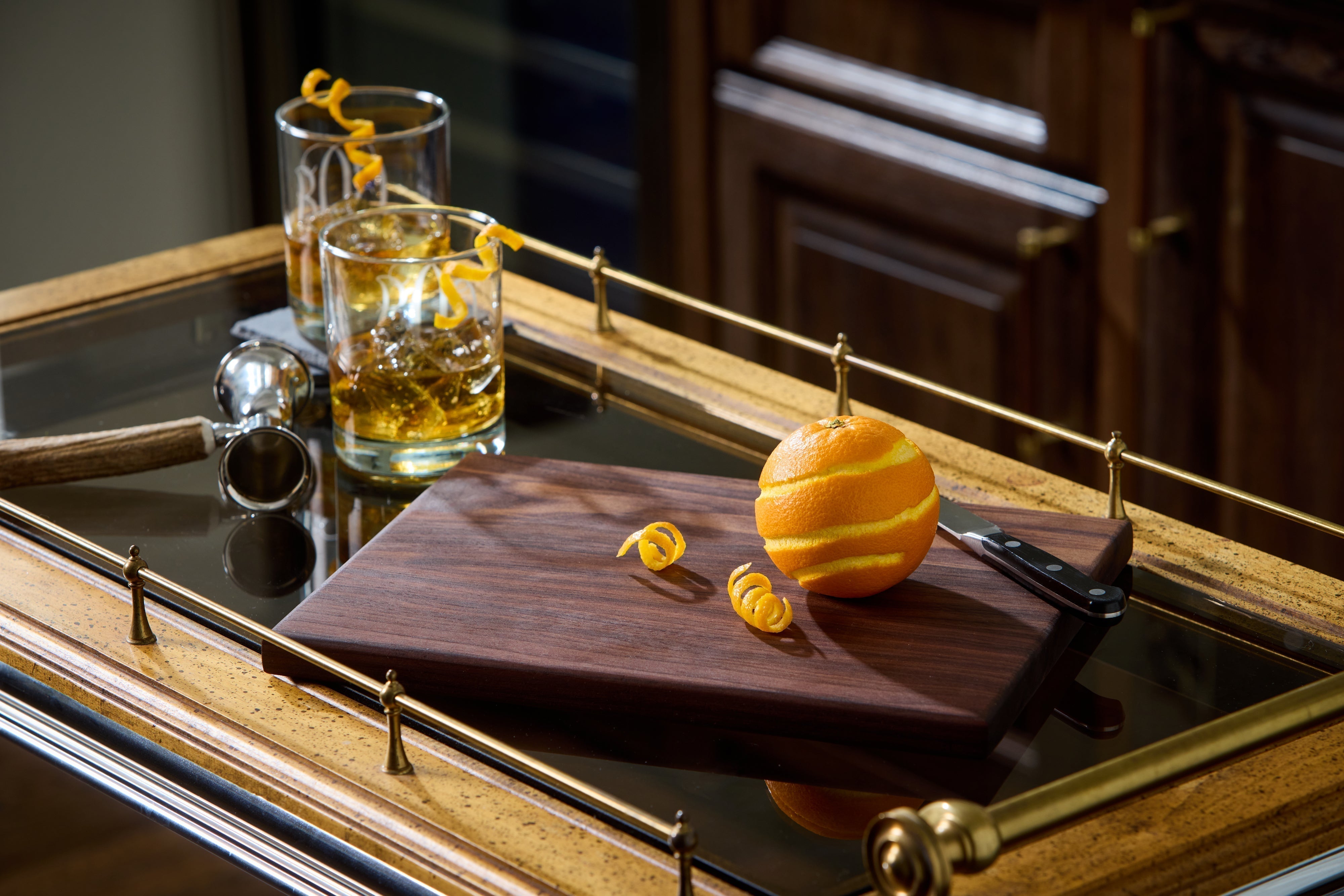
High-End Cutting Boards That Do More Than Look Good: A Buyer’s Checklist
In a world where design often takes center stage, it’s easy to forget that true craftsmanship lives in the details - the way something feels, functions, and endures. The same is true for high-end cutting boards. A board’s beauty means little if it can’t perform safely, age gracefully, or protect the food and tools you use every day. The finest boards blend artistry with purpose - built from premium hardwoods, finished with food-safe oils, and crafted to elevate every kitchen ritual with integrity, sustainability, and quiet luxury.
Key Takeaways
- A cutting board’s real value lies in performance, safety, and sustainability, not just appearance.
- High-end cutting boards are made from durable, food-safe hardwoods like walnut, maple, and cherry.
- Quality craftsmanship and non-toxic finishes ensure long-lasting beauty and kitchen wellness.
- Investing in an artisan-made board means choosing a piece designed for both function and longevity.
Why Choosing the Right Cutting Board Matters
A cutting board is more than a kitchen accessory - it’s the foundation of every meal. From slicing fruit to carving roasts, it’s the most-used surface in your home, and the material you choose affects everything from food safety to knife longevity. The right board protects your blades, resists moisture, and turns everyday prep into a mindful ritual.
When selecting among high-end cutting boards, quality and construction make all the difference. Premium hardwoods like walnut, maple, and cherry don’t just look refined - they perform beautifully for years and are easy to maintain. True luxury lies not in price or polish but in craftsmanship: thoughtful design choices that support both your culinary creativity and your health.
The Buyer’s Checklist: What to Look for in High-End Cutting Boards

When investing in high-end cutting boards, beauty alone isn’t enough. The best boards combine strength, safety, and style - built to last through years of daily prep and entertaining.
1) Material Quality – Go Beyond the Grain
Hardwoods like walnut, maple, and cherry are naturally durable, closed-grain, and gentle on knives. They resist moisture and staining better than soft woods or composites. Explore species that fit your kitchen’s palette and performance needs — the dark richness of Walnut Cutting Boards Collection, the creamy brightness of Maple Cutting Boards Collection, and the warm glow of Cherry Cutting Boards Collection.
2) Non-Toxic Finishes & Oils
The best non-toxic cutting board uses food-safe mineral oils and waxes rather than synthetic sealants or varnishes. Non-toxic finishes nourish the wood, keep water at bay, and help your board develop a healthy, natural sheen over time. Re-oil periodically to maintain protection and beauty. For a deeper dive into wellness-first materials, read The Healthiest Cutting Boards: A Refined Essential for the Well-Curated Kitchen.
3) Construction Type - Edge-Grain vs. End-Grain
-
Edge-grain: aligned fibers form a sleek, durable surface; often a great entry into high-end cutting boards.
-
End-grain: the “checkerboard” look is slightly softer on knives and can self-heal from shallow cuts, prized for performance.
Choose the look and feel that fits your prep style; both can be exceptional when crafted from solid hardwoods and finished safely.
4) Thickness & Weight - Substance Signals Quality
Substantial weight helps a board stay put. Thin boards can warp or slide; aim for 1–2 inches for daily prep and long-term stability. Thicker boards also allow resurfacing, extending the life of high-end cutting boards for years.
5) Design & Aesthetics - Function Meets Form
Thoughtful details matter: juice grooves for carving, beveled edges for easy handling, and balanced proportions for display. Wood tone influences mood - deep walnut for drama, soft maple for brightness, cherry for warmth. Consider mixed-wood designs that add visual interest while remaining practical for service and prep.
6) Size & Purpose Fit - What Will You Use It For?
- Small: bar prep, garnishes, quick chopping.
- Medium: everyday cooking and serving.
-
Large/Oversized: entertaining, carving, or statement display.
Choose a size that suits your routine - or build a small set. Multi-size options deliver flexibility without sacrificing the elevated feel of high-end cutting boards.
7) Multi-Use Potential - From Kitchen to Table
A hallmark of a luxury cutting board is versatility. The same piece that anchors your prep can transition to the table as a cheese board, charcuterie display, or minimalist centerpiece. For styling and entertaining ideas that put wellness and beauty first, see The Science of Beauty in the Kitchen: Why Luxury Cutting Boards Aren’t Just Beautiful - They’re Healthier by Design.
8) Customization - Luxury Meets Personalization
Engraving turns quality into meaning. A personalized board makes a thoughtful wedding, anniversary, or housewarming gift - and the mark of high-end cutting boards is that they carry stories well.
9) Sustainability & Ethical Craftsmanship
True luxury respects both material and maker. Seek responsibly sourced hardwoods, small-batch production, and food-safe finishes. Choosing ethically made high-end cutting boards supports craft traditions and ensures your purchase aligns with your values.
Common Pitfalls to Avoid When Buying a High-End Cutting Board
Don’t be fooled by shiny, non-food-safe coatings - they may look polished but can compromise safety. Avoid thin or lightweight boards (under 1") that are prone to warping. Bamboo is often marketed as “eco-friendly,” yet it can be brittle and tough on knives. Another common mistake is neglecting maintenance: a few drops of oil each month can dramatically extend a board’s life. For context on safer materials, see Are Plastic Cutting Boards Safe? The Hidden Risk of Microplastics in Your Kitchen.
Final Checklist: The Quick Buyer’s Guide
Before you invest, run through this snapshot - a ready reference for confident decision-making:
- Material: Solid hardwoods (walnut, maple, cherry) - durable, knife-friendly, and naturally resilient.
- Finish: Food-safe, non-toxic oil/wax blend; never synthetic varnish.
- Construction: Edge-grain or end-grain; both excellent when well-made.
- Thickness: 1–2 inches for stability and longevity.
- Design: Useful details (juice grooves, bevels) that serve your routine.
- Size: Small for bar prep, medium for daily cooking, large for hosting.
- Versatility: Suitable for prep and serving - the mark of high-end cutting boards.
- Sustainability: Ethically sourced wood, small-batch or artisan-made.
Conclusion: Invest Once, Enjoy Forever
A truly high-end cutting board isn’t a passing trend - it’s a long-term companion in the kitchen. The right board enhances not only how you cook, but how you live: with intention, creativity, and care. Thoughtful materials and timeless design mean your board will only grow more beautiful with age, developing a rich patina that tells your story. Ready to choose with confidence?
Explore species by feel and function - Walnut, Maple, or Cherry - and select the piece that fits your cooking, your space, and your values.
FAQs About Choosing and Caring for High-End Cutting Boards
1) How often should I oil a new board during the first month?
For the first few weeks, oil once a week to saturate the grain. After that, switch to monthly (or when the surface looks dry). Consistent oiling keeps high-end cutting boards resilient and less prone to warping.
2) Can I safely cut raw meat on wood, or should I use plastic?
Closed-grain hardwood is suitable for raw meat if you wash promptly with mild soap and warm water, dry immediately, and sanitize occasionally with white vinegar. If cross-contamination is a concern, dedicate one board to proteins and another to produce.
3) What thickness is best if I want a single “do-everything” board?
Between 1.25" and 1.75" offers an ideal balance of stability, weight, and easy handling for most home cooks choosing high-end cutting boards.
4) Will a board damage my knives over time?
Quality hardwood boards are gentle on knife edges compared to glass, stone, or hard plastics. End-grain options are especially kind to blades, but well-made edge-grain boards also protect sharpness.
5) How do I remove lingering odors (garlic, onion) without harming the finish?
Sprinkle coarse salt and rub with half a lemon. Wipe clean, dry thoroughly, and re-oil lightly. This refreshes the surface without harsh chemicals.
6) What’s the safest way to deep-clean without soaking?
Scrub with a soft brush, mild soap, and warm water under the tap - never submerge. Stand the board on edge to dry with good airflow, then apply a thin coat of oil to restore protection.



Leave a comment
This site is protected by hCaptcha and the hCaptcha Privacy Policy and Terms of Service apply.